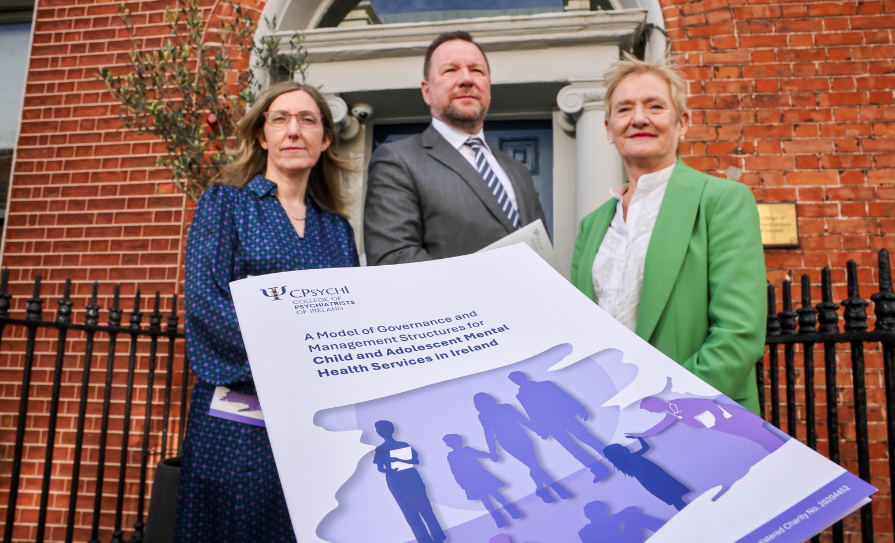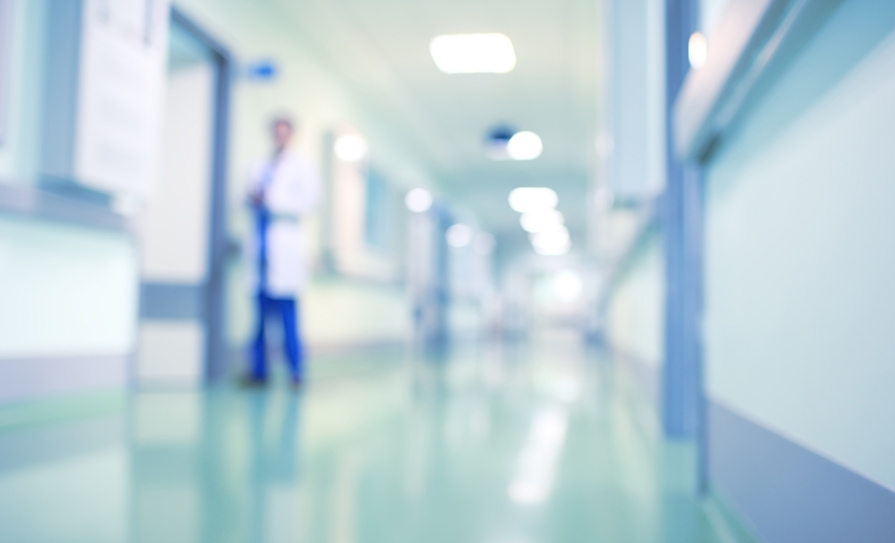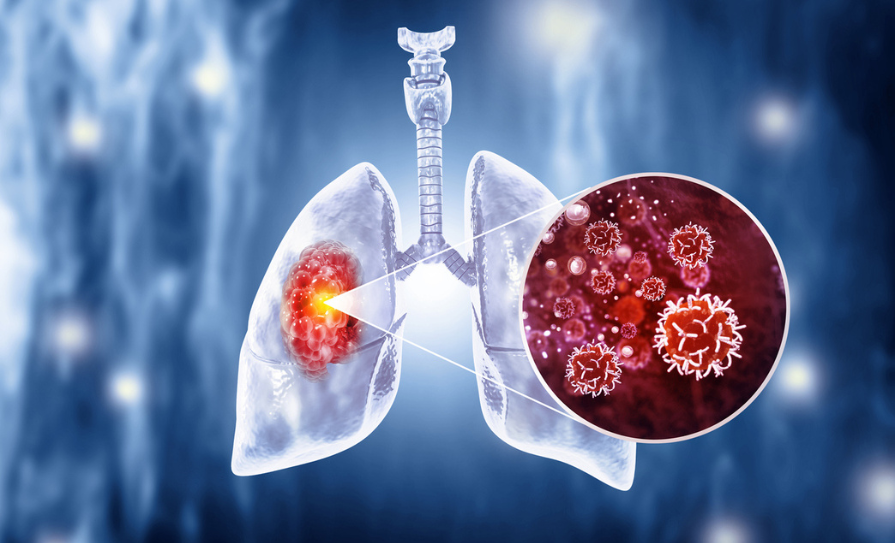The Minister for Health Stephen Donnelly has today announced the development of the National Endometriosis Framework which sets out for the first time a defined clinical care pathway for women with endometriosis.
Developed by the HSE’s National Women and Infants Health Programme (NWIHP), the Framework will be implemented on a phased basis commencing this year.
It is built around the principle of ‘right care, right place, right time’, and its Model of Care proposes that women with symptoms of endometriosis be treated on the basis of presumed diagnosis.
This is a significant development in the approach to endometriosis care, “as it ensures women will receive timely, effective treatment at the appropriate level of intervention”, according to the Department.
“The vast majority of cases can be managed successfully at primary care level with the assistance of GPs,” the Department outlined. “Some patients will require additional multi-disciplinary support at secondary care level. This is being facilitated with the setting up of five interdisciplinary teams to support the holistic treatment of endometriosis in each of the maternity networks.”
A small number of women with more complex cases will require expert treatment in two supra-regional endometriosis specialist centres which are currently in development.
Today’s announcement, taking place during Women’s Health Week, is “a significant step” in addressing an area of women’s health that has historically been under-recognised.
Minister Donnelly said: “This Women’s Health Week, I’m delighted that women in Ireland are to be provided with a clear pathway for the management of endometriosis.
“The Model of Care of presumed diagnosis puts women’s needs to the fore, ensuring that they receive timely, effective treatment that can have a transformative impact on their lives.
“Since 2019, the Women’s Health Taskforce has heard testimony from women with endometriosis, who have described their experiences of the disease as ‘painful, isolating, misdiagnosed, lonely and dismissed.’
“This Framework, along with investment in holistic treatment teams and in two supra-regional hubs for complex cases are important steps towards improving their experiences and outcomes.”
Clinical Director for the National Women and Infants Health Programme, Dr Cliona Murphy, said: “This Framework is a significant development in our efforts to improve endometriosis care, and it aligns with NWIHP’s overall aim of improving women’s access to quality services.
“Together with the establishment of other specialist women’s health services such as ‘see and treat’ Ambulatory Gynaecology Services, Specialist Menopause Clinics and Regional Fertility Hubs, we are delivering tangible improvements in women’s healthcare.”
Endometriosis is one of the most common gynaecological conditions in Ireland and affects approximately 1 in 10 women. It is characterised by a growth of endometrium-like cells outside the uterus. While its precise cause is unclear, it’s understood to be a hormone-mediated condition and occurs during a woman’s reproductive years.
Symptoms of endometriosis can vary in number and severity, but can include pelvic pain, menstruation pain, fatigue, diarrhoea, constipation, bloating and nausea.
It’s estimated that 47 per cent of women who experience fertility issues have endometriosis. In many cases, endometriosis may only be suspected or diagnosed when a woman undergoes fertility investigations.
The UK National Institute for Health and Care Excellence (NICE) Guideline endorses laparoscopic surgery as the definitive mode of diagnosis. Given the risks associated with diagnostic surgery, the Model of Care proposed in the National Endometriosis Framework is that a woman presenting with symptoms of endometriosis should be treated on the presumption that she has endometriosis. In many cases, where treatment improves or resolves symptoms, further tests will not be necessary.
While the most widely-used staging system for describing the extent of endometriosis includes four stages ranging from minimal to severe, these stages do not always correlate to the level of pain or morbidity experienced by a woman.













Leave a Reply
You must be logged in to post a comment.